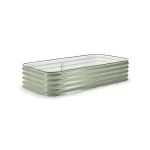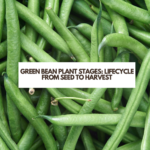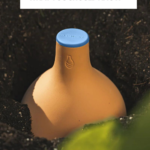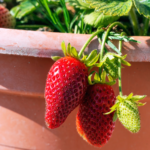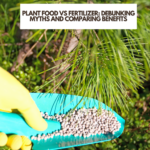Are you wondering what to do with leftover garden soil? Leftover garden soil or old potting soil can be a common problem for gardeners. Whether you have a small container garden or a large plot, it’s likely that you’ll end up with excess soil at some point. So, what can you do with all that extra dirt?
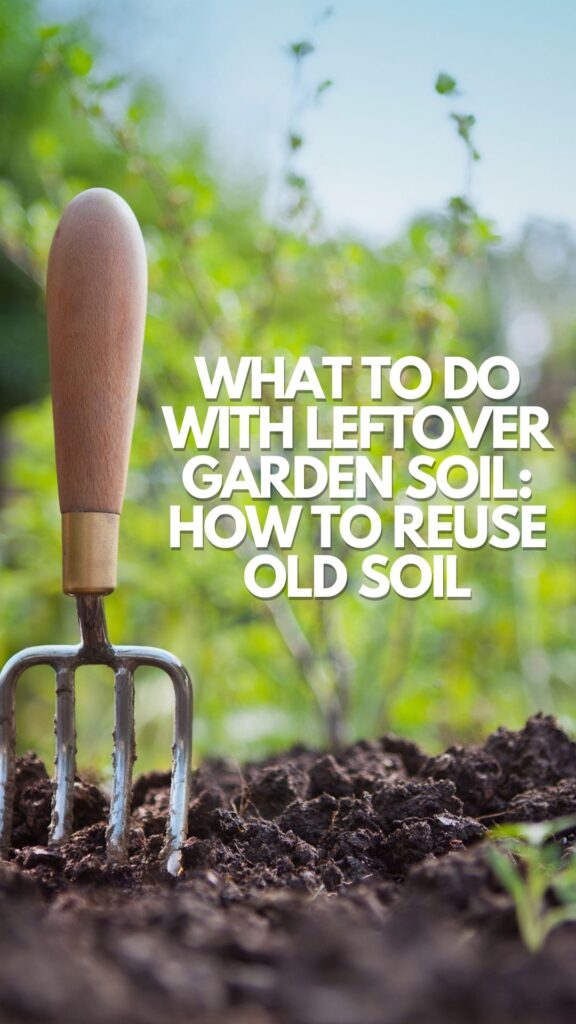
One option is to simply store it for future use. Instead of buying new potting soil, you can simply save it for future use whether it’s in a garden bed or container plants.
If you have a dry, covered area, you can keep the soil in bags or containers until you need it for your next gardening project. This is a good option if you plan on expanding your garden or need to replace soil in a raised bed.
Another option is to donate the soil to a community garden or local park. Many community gardens and parks are in need of soil for their own gardening projects. Contact your local parks and recreation department or community garden to see if they would be interested in your excess soil. This is a great way to give back to your community and reduce waste.
FTC DISCLOSURE: Some of the links in this post are affiliate links. If you click on them and make a purchase, I will receive a small finder’s fee on the sale. This does not increase your price in any way shape or form. Using these links help support the continuation of this website. All opinions are my own. Thank you in advance.
Reusing Garden Soil
Composting Leftover Garden Soil
Composting is a great way to reuse leftover garden soil. It’s also an excellent way to recycle garden waste and organic material. Composting breaks down organic matter and turns it into nutrient-rich soil that can be used to improve the quality of garden beds or as a slow-release fertilizer. If you have a compost pile, you can add leftover garden soil to it. You can also mix it with other organic materials like vegetable scraps, coffee grounds, and garden waste.
Repurposing Garden Soil for Landscaping Projects
Leftover garden soil can also be repurposed for landscaping projects. It can be used to fill low spots in the lawn or as a base for raised beds as top soil. If you have a flower bed or border that needs to be refreshed, you can mix the old soil with new topsoil and soil amendments to improve its texture and quality. You can also use it to fill containers for your plants. This can be a great way to support health plants.
Disinfecting Old Soil for Reuse
If you want to reuse old soil, it’s essential to disinfect it first. Used potting soil can harbor pests, diseases, and mold that can harm your plants. To disinfect old soil, you can bake it in the oven at 180°F for 30 minutes or sterilize it with a soil test kit. You can also use trench composting to break down old soil and add organic matter to it.
You can also use a compost bin or with part compost part old potting mix, container soil, or soil from the end of the season to restore the nutritional value. This can help to restore the soil for the following season. The compost and earthworms that you can use in the compost will do a lot of work so you won’t have to to.
Overall, reusing garden soil is an excellent way to save money, reduce waste, and improve the quality of your garden beds. By composting, repurposing, and disinfecting old soil, you can provide your plants with the nutrients they need to grow healthy and strong.
Improving Garden Soil Quality
Improving garden soil quality is essential for healthy plant growth and a bountiful harvest. Gardeners can use several methods to enhance their garden soil quality especially at the end of the growing season, including adding organic materials, fresh compost, testing soil for nutrient levels, and using fertilizers and soil amendments for the best results.
Adding Organic Materials to Garden Soil
Adding organic materials to garden soil is an excellent way to improve soil quality. Organic matter, such as compost, leaves, and coffee grounds, can increase the soil’s nutrient levels, improve soil texture, and enhance drainage. Gardeners should mix organic matter into the soil before planting or use it as a top dressing.
Testing Soil for Nutrient Levels
Testing soil for nutrient content levels is crucial for healthy plant growth. Gardeners can use a soil test kit to determine the soil’s pH level and nutrient levels, such as nitrogen, phosphorus, and potassium. Soil testing can help gardeners determine which nutrients their soil is lacking and which fertilizers or soil amendments to use during this year of the following year.
Using Fertilizers and Soil Amendments
Fertilizers and soil amendments can help gardeners improve their garden soil quality. Slow-release fertilizers can provide nutrients to plants over an extended period, while soil amendments, such as peat, perlite, and eggs, can improve soil texture and drainage. Gardeners should follow the manufacturer’s instructions when using fertilizers and soil amendments and avoid using chemicals or pesticides that can harm plant growth.
Improving garden soil quality is essential for healthy plant growth and a bountiful harvest. Gardeners can use several methods to enhance their garden soil quality, including adding organic materials, testing soil for nutrient levels, and using fertilizers and soil amendments. By taking these steps, gardeners can create healthy, pest-resistant soil and growing medium that promotes plant growth and yields.
Conclusion
In conclusion, there are several ways to make use of leftover garden soil. By following the tips provided in this article, gardeners can ensure that their soil is not going to waste.
Firstly, gardeners can use the leftover soil to fill up raised garden beds or containers. This is a great way to repurpose soil and create new planting areas.
Secondly, leftover soil can be used to amend existing garden beds. Adding the soil to the top layer of the bed can help improve soil structure, fertility, and drainage. This is a sustainable way to provide good quality soil to your gardens.
Thirdly, gardeners can donate the leftover soil to community gardens or local parks. This is a great way to give back to the community and help others start their own gardens.
Lastly, gardeners can compost their leftover soil. This is a sustainable way to dispose of the soil and create nutrient-rich compost for future use while restoring the lack of nutrients and water-holding capacity.
In summary, leftover garden soil does not have to go to waste. By using it to fill raised garden beds, amend existing beds, donate to community gardens, or compost, gardeners can ensure that their pounds of soil is being put to good use in the long run.






